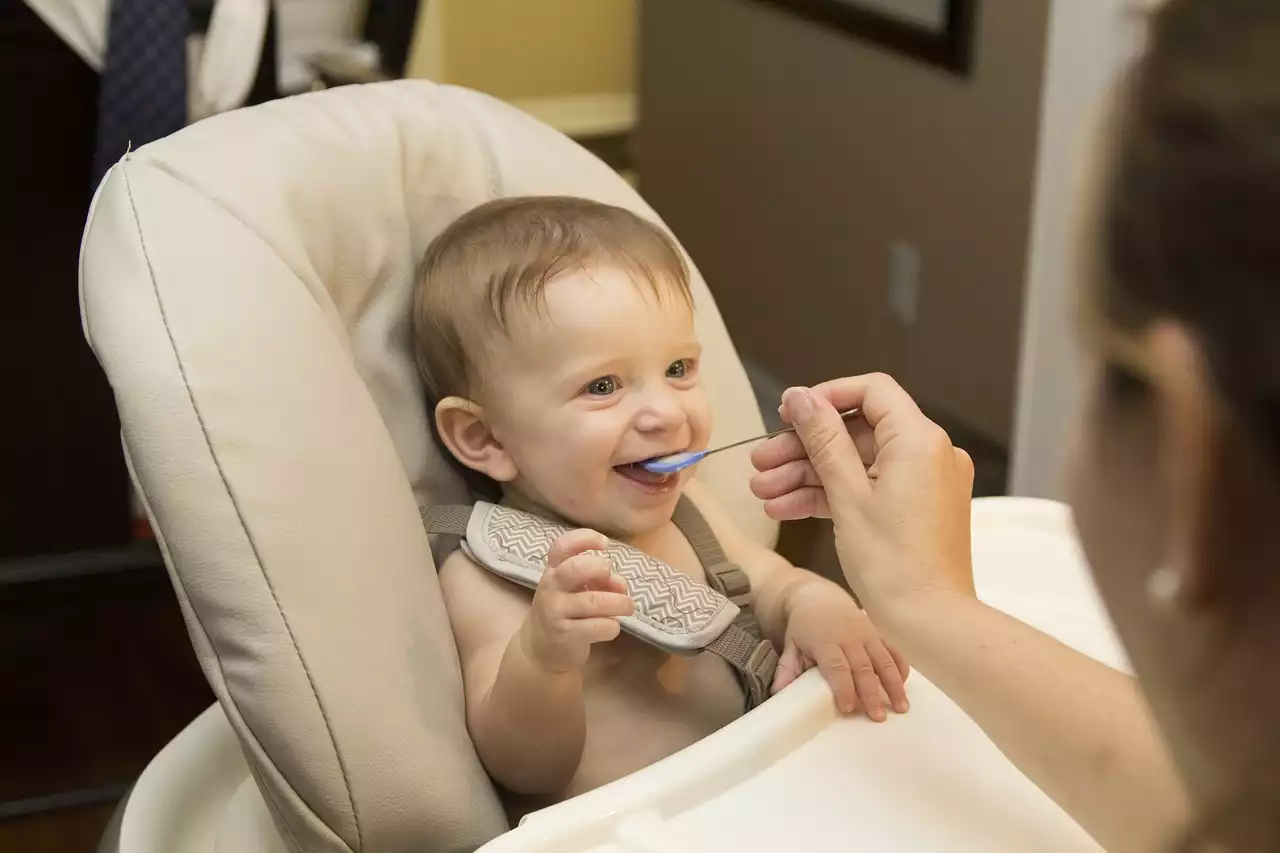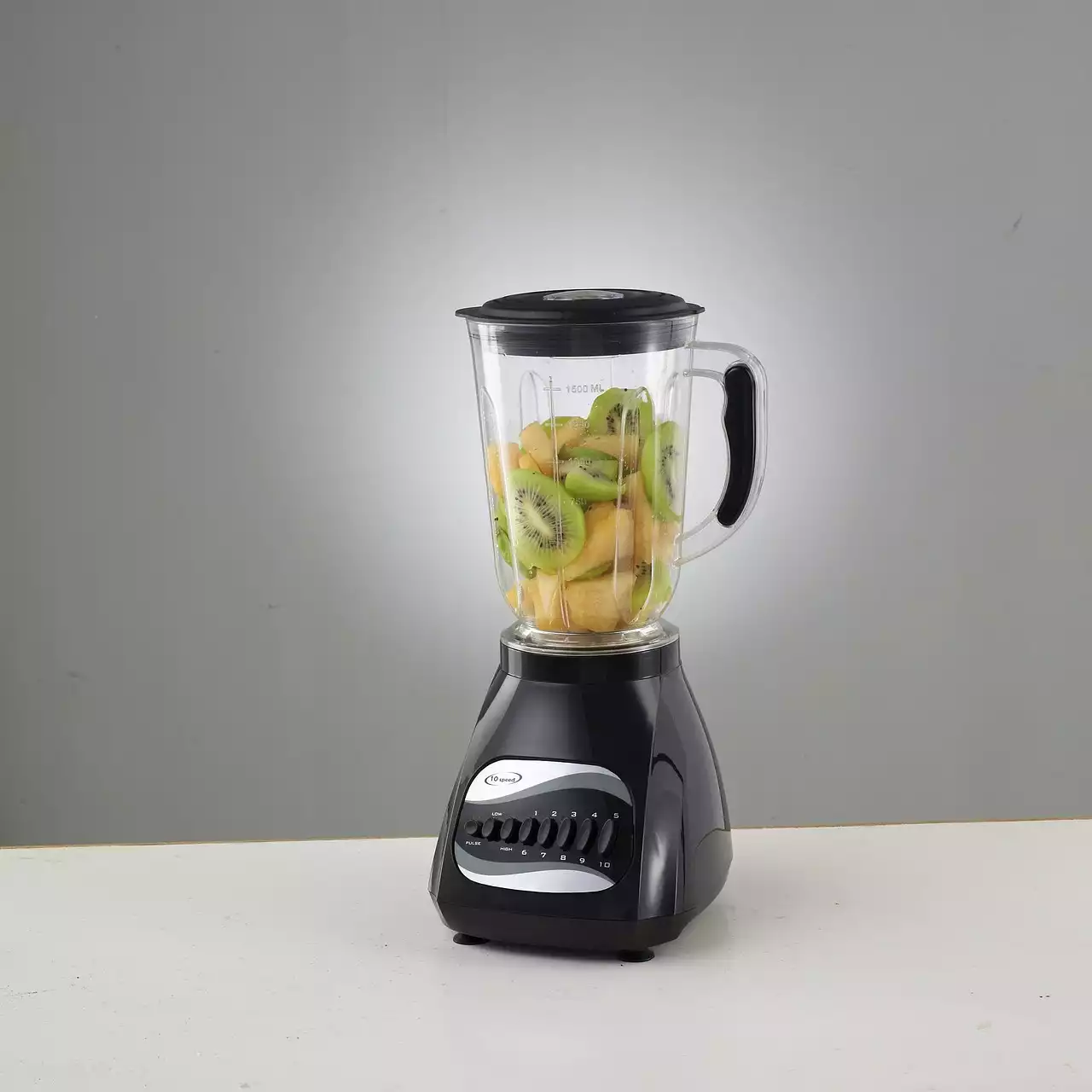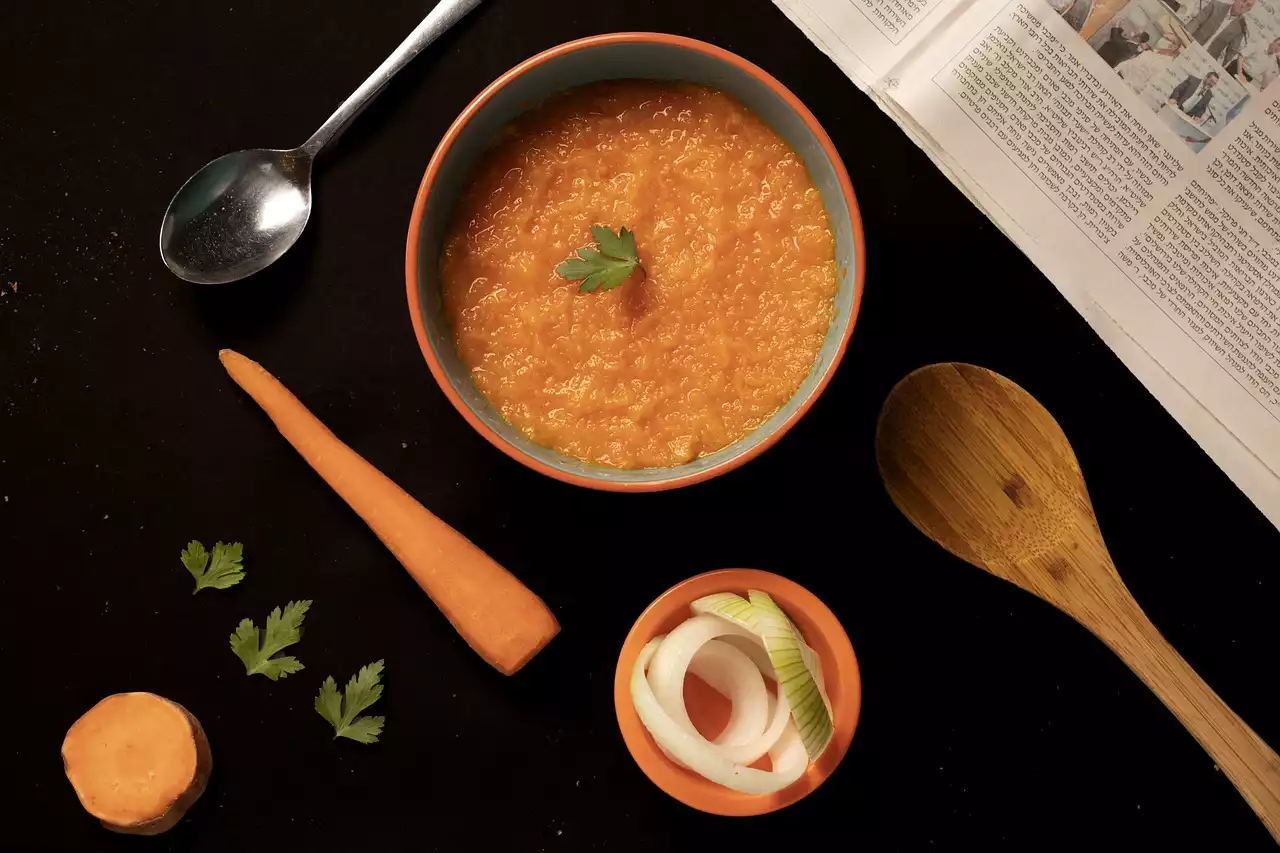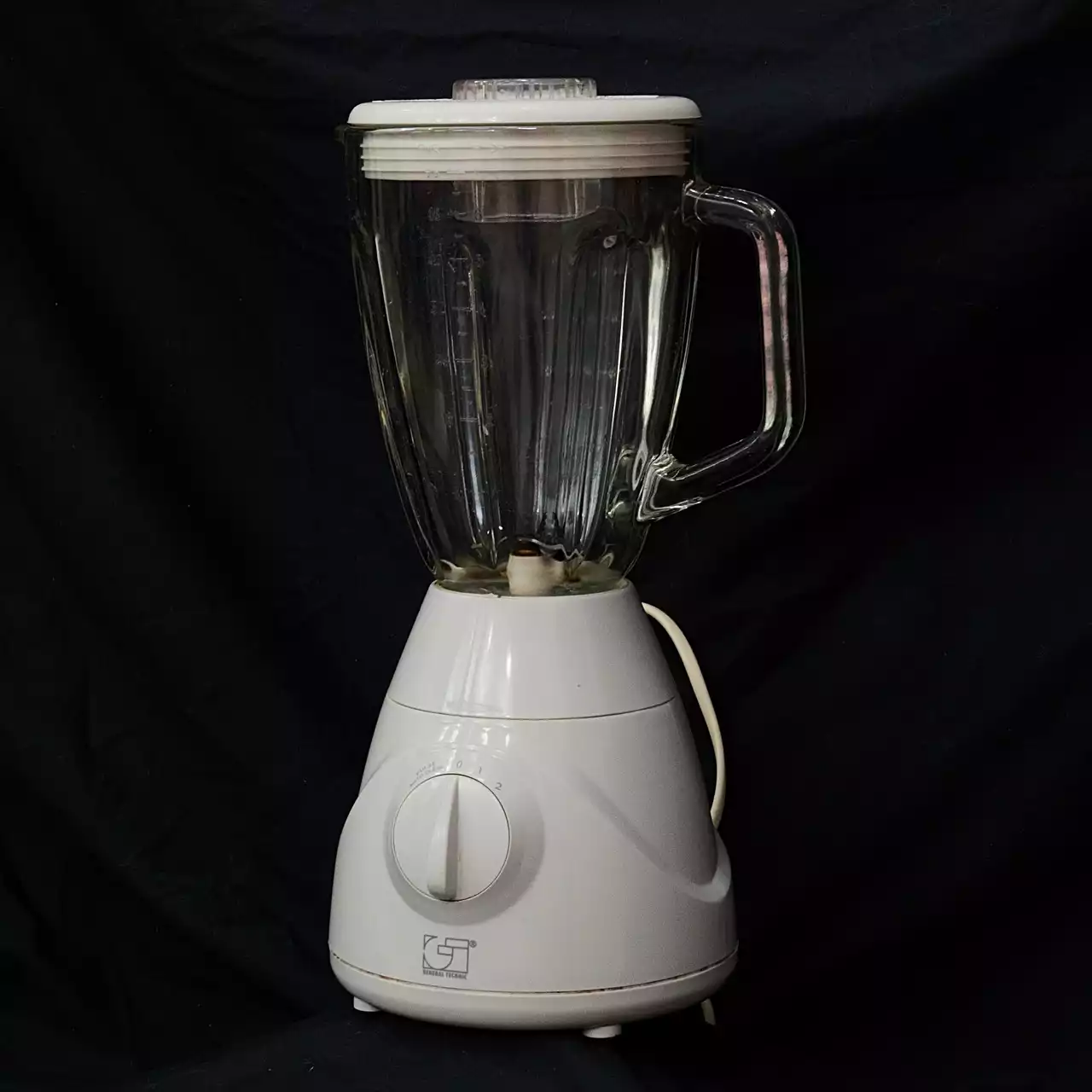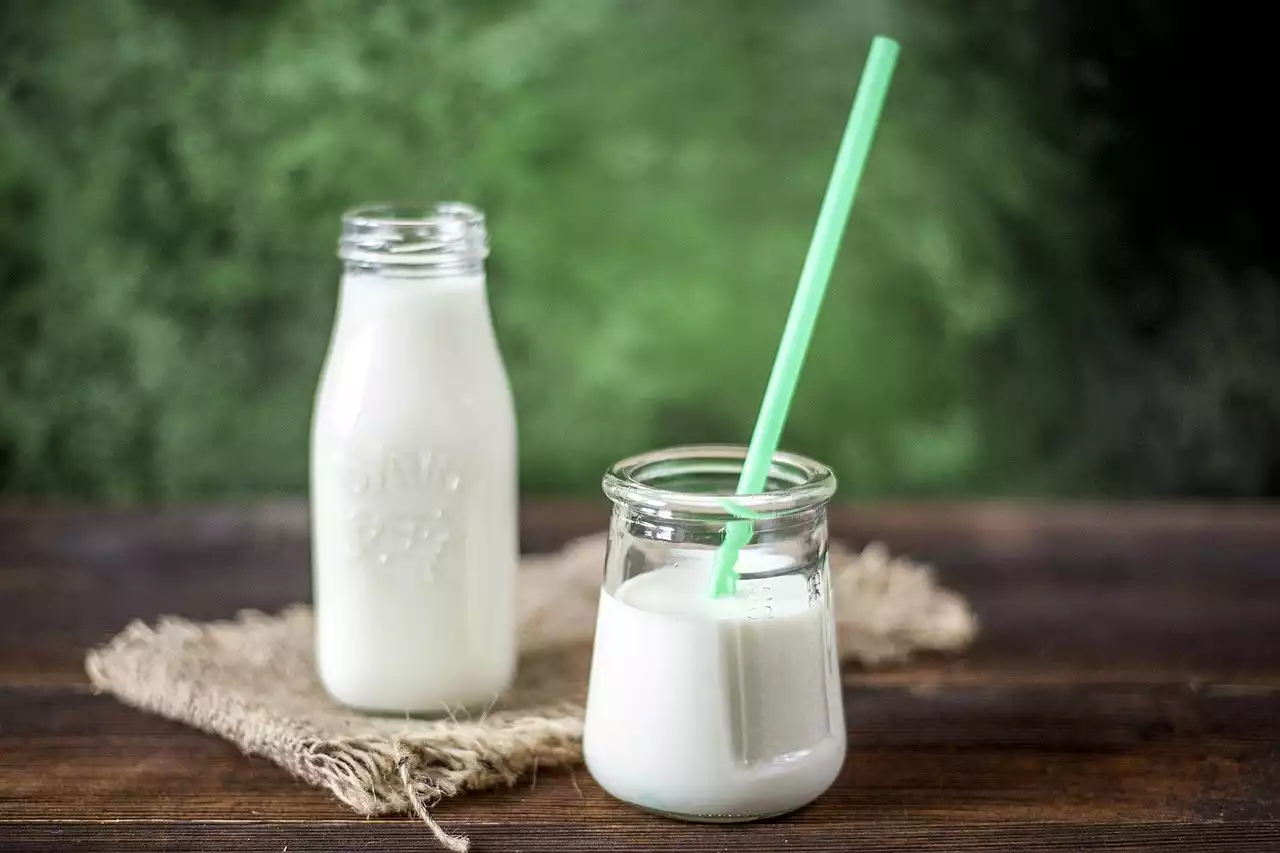What to Look for in a Blender for Baby Food
When choosing the right blender for making baby food, there are a few important factors to keep in mind. These include power and speed settings, noise levels, size, and ease of use. Before you start shopping, make a list of the most important factors that are most relevant to you. Power and speed settings, when it comes to powering up your blender, you'll want something that can stand up to the toughest ingredients. You'll want a blender that can crush ice, nuts, seeds, and frozen fruits and veggies with ease. You should also consider how many speeds the blender has. While 2 to 3 speeds are usually sufficient for most people, some blenders come with up to 18 speed settings. While all of these might be great for your needs, it may be overkill when it comes to making baby food, where you'll mostly be blending frozen fruits and veggies. Be sure to take noise levels into consideration. You'll want to find a blender that's powerful enough to cut through tough ingredients, but also quiet enough that it won't disrupt your household while in use. You'll also want to consider where the blender will be used, as a very powerful blender that is too loud to be used in an open kitchen might be better used in a closed area. How much space do you have available? Are you looking for a larger blender that can be used to make smoothies and shakes as well? Or are you looking for a smaller blender that is easy to store? You may also need to consider the height of your blender as some blenders come with more than one jar lid, which might make it easier to use with a higher chair. Ease of use - Is the blender easy to use? How simple is it to clean and store? Is the parts dishwasher safe? Is it easy to transport from one place to another? Will you be able to use it one-handed.
Types of Blenders
An immersion blender is a handheld blender that is used to blend ingredients that are already in a bowl or container. Immersion blenders are great for small jobs like blending a small amount of liquid for a recipe or making baby food. A blender with a bowl is the most popular kind of blender. It has a container that holds the ingredients and a blade that blends the ingredients. If you are making baby food, you can use the container to store the food. Blender with Cups: A blender with cups is like a traditional blender, but with smaller containers. This can be helpful if you make different types of baby food, as you can store each kind of food in its own container. A blender with a travel cup is mostly the same as a blender with cups, but with a smaller container and a travel cup that can be used to store the food. A blender with a bottle is designed specifically for making baby food, and the blender sits inside a container that can be used to store the food. Blender with Steamer: A blender with a steamer is the same as a blender with a bottle, but with a steamer that can be used to steam vegetables and make them easier to blend. A blender with a food processor is like a blender with a bowl, but with a mini food processor attached. A blender with a grinder is the same as a blender with a bowl, but with a grinder that can be used to grind nuts and seeds.
Pros and Cons of Blenders for Baby Food
Blenders are a great option for making baby food at home. They are easy to use, clean, and store, and they are great for making both smoothies and purees. Some of the benefits of using a blender to make baby food include the fact that you can control the consistency of the food, you can use a variety of ingredients, and you can use cooked or raw foods to make your purees. However, blenders are not the best option for making thicker foods like apple or pear purees, and they may be harder to clean if you are using seeds or grains. Blenders are a great option for making baby food at home. They are easy to use, clean, and store, and they are great for making both smoothies and purees. Some of the benefits of using a blender to make baby food include the fact that you can control the consistency of the food, you can use a variety of ingredients, and you can use cooked or raw foods to make your purees.
Cleaning and Storing a Blender
Clean your blender immediately after using it to make it easier to clean. Some people like to soak their blender in warm, soapy water to help remove any leftover food particles that were left behind. If you choose to do this, make sure to rinse your blender well after soaking to avoid any bacteria growing in the container. Make sure to let your blender dry completely before storing it. Leaving a wet blender in an enclosed space can lead to mold and mildew growth. You can dry your blender by running it on the lowest speed with a dry towel or paper towel inside. You can also store your blender with a paper towel inside to help catch any drips. Blenders can be tricky to store. You can't just leave them out on a countertop, as they can get dusty and collect bacteria over time. You can store your blender in a cabinet, but you may want to consider buying a blender stand if you have limited space. Blenders can be tricky to store. You can't just leave them out on a countertop, as they can get dusty and collect bacteria over time. You can store your blender in a cabinet, but you may want to consider buying a blender stand if you have limited space. Making your own baby food at home is a great way to ensure your little one is getting the best nutrition. It's also a great way to save money! But in order to make the perfect purees and smoothies for your baby, you'll need the right blender. Choosing the right blender for making baby food can seem overwhelming, but it doesn't have to be. There are several key criteria to consider when shopping for a blender, and with the right knowledge, you can find the perfect blender for your needs. From power and speed settings to noise levels and size, there's a lot to consider when selecting the perfect blender for baby food. Keep reading to learn more about how to choose the right blender for making baby food at home.
